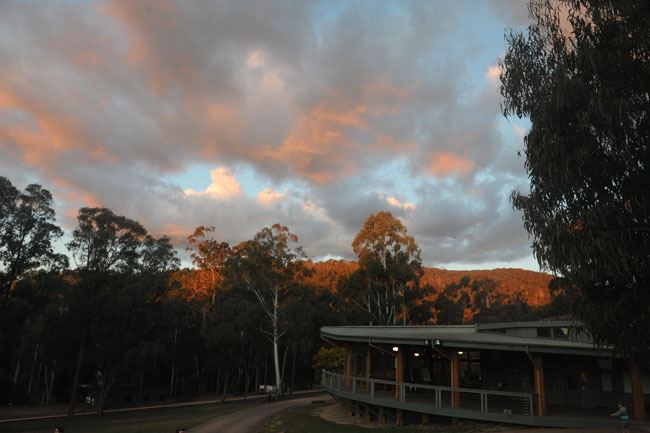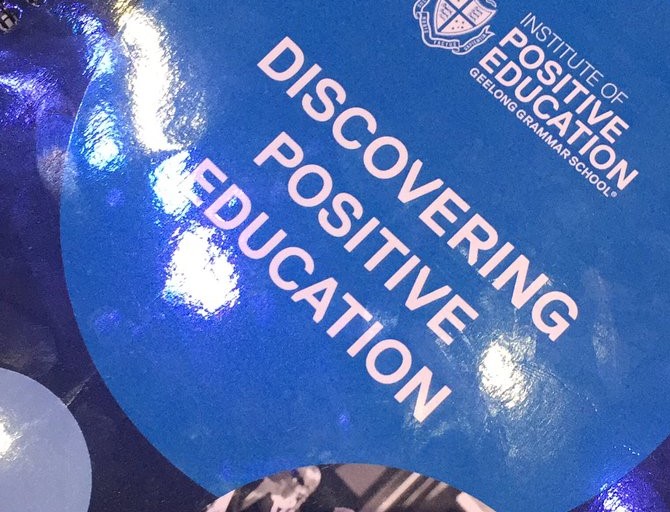Here with Ron Lalonde (Middle East Regional Manager) and David Bott in Dubai to hear and learn about Positive Education, as well as meet educators from around the world. Feeling rather privileged at the moment.
Making our way of the auditorium, I am already magpieing ideas and reflecting on the influence of the strong school colour palette.
After a short historical introduction – with references to Dr Martin Seligman (PERMA) and Geelong Grammar School, where Year 9 spend a year at a Timber Top school. There is the first line of enquiry that enchants me.

Then onto flourishing – as I understand it now – our destination.
Flouring is feeling good and doing good.
Positive Education
The very definition of Positive Education has evolved with practice
Positive Education is the implementation of scientific research and effective educational practice to enhance wellbeing, build resilience and optimised engagement and performance.
Institute of Positive Education (2019)
What is right with you?
The language of society has typically focused on fixing things, fixing ill-being. What Positive Education is calling for, is a teacher that bangs her hand on the desk and says ‘What’s right with you?’ To use language of doing well and doing good. Finding the character strengths that leads to leading a good life.
24 Character Strengths – (6 virtues courage, temperance, wisdom, transcendence, humanity and justice)

Young People and Character
Knowing and having an awareness of your own strengths helps young people develop life skills. Importantly, all these character strengths are contextual.
If you have an interest in character education or positive education – this mornings introduction from the course offers some interesting lines of enquiry.


